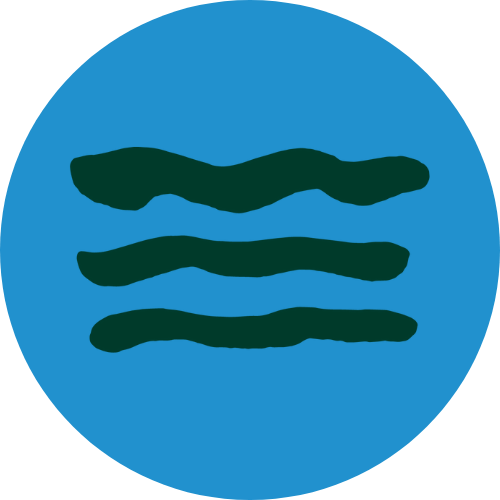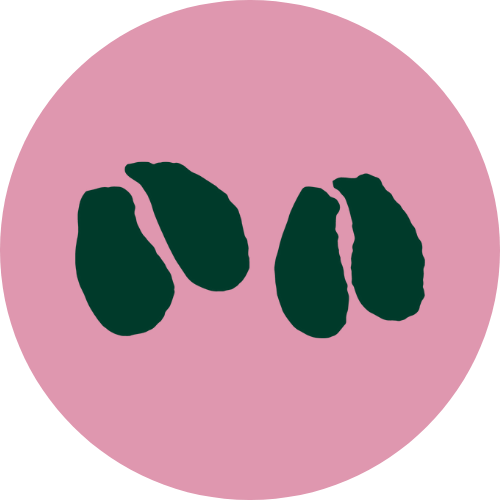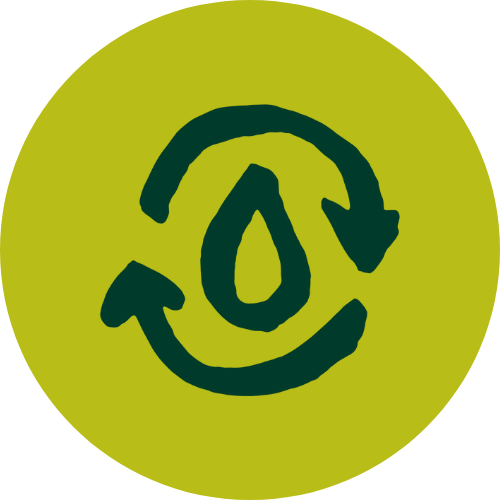Natural Sequence Farming
Farming For The Future
Here at Forage Farms, we are all about Regenerative Farming. This means we want to run our farm in a way that regenerates it and leaves it better than we found it. To do this, we manage our farm in a way that works alongside nature instead of trying to control and destroy nature's natural patterns. To work with nature, we implement Natural Sequence Farming practices.
Natural Sequence Farming (NSF) is an understanding of how the landscape functioned before any human interference. An observation of the patterns and processes present in our landscapes.
Natural Sequence Farming starts with Water and Plants.
The key to Natural Sequence Farming is that plants manage water; that’s what built the landscape. Plants are the engineers that build everything. And water is the carrier of the nutrients that feeds them.
At Forage Farms, we implement Natural Sequence Farming through all aspects of the farm. To do this, we follow our sister business, Tarwyn Park Training and the five key pillars to reinstating natural landscape function.
Forage Farms seeks to become a model farm for Natural Sequence Farming. Demonstrating how practices can be implemented to regenerate a degraded landscape and begin producing high-quality, nutritious food from its paddocks.
The Five Pillars of Natural Sequence Farming

Slow The Flow
Nature once managed the flow of water, nutrients and matter over and through a landscape. But as a result of humans; in many circumstances that natural slowing effect has been lost. Slowing the flow consists of both water above and below the ground. We must focus on both

Let All Plants Grow
Every plant that grows within an ecosystem has a function and every plant has a role. They all capture solar energy and manage heat whilst also capturing carbon from the atmosphere and transferring it to soil. Why a plant is growing is determined by how that landscape is functioning at that point in time, they all fit into a larger succession over time. Because of this Nature is the determiner of what plants are required and what plants aren't.

Careful Where The Animals Go
Parts of our landscape are highly sensitive and are designed in such a way to reduce the losses of water, nutrients and matter. We must understand these areas are sensitive to our livestock and manage them in those areas accordingly, to ensure no unnecessary damage occurs.

Filtration Is A Must Know
The filtering of the water and its nutrients before it leaves the landscape is imperative. This would have naturally occurred in the wetlands and floodplains throughout the landscape. In these areas fertility would be processed and used to feed the landscape. We must reinstate these areas within the landscape, to ensure we are making the most of the fertility we have and allow it to be reused over and over again.

Return To The To Recycle The Lot
The fertility that was slowed and processed in our filtration areas would have over time moved back up to higher parts of landscape as a results of animals, insects and other environmental factors. This created a feedback loop whereby nutrients would be cycled around and around with minimal losses. We can make this happen faster by manually moving fertility back up the system or by using our livestock as tools to do the same thing.
Natural Sequence Farming seeks to rehydrate the landscape, rehabilitate, and ultimately regenerate it using natural processes.
Looking to Learn More
Our sister business Tarwyn Park Training is the leading provider of Natural Sequence Farming education, training and advisory services.

